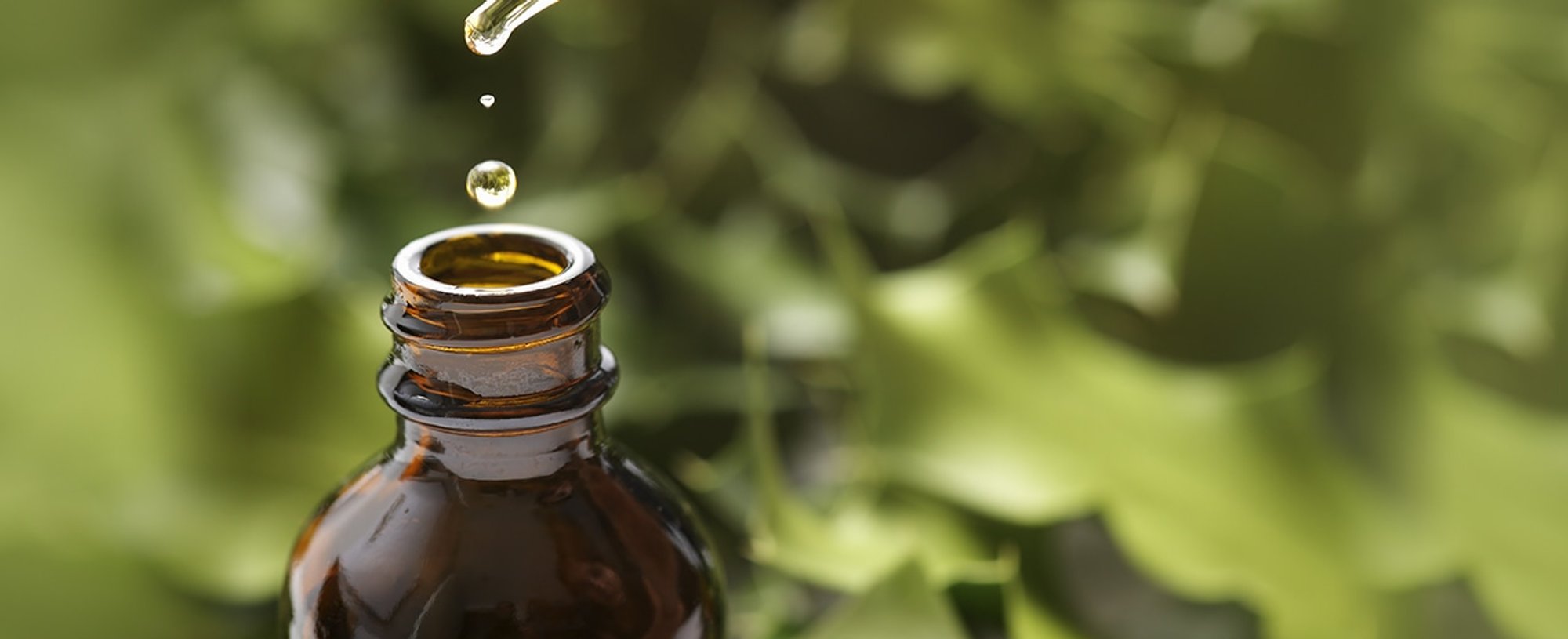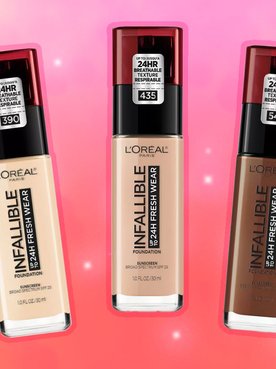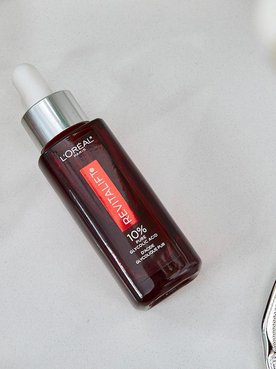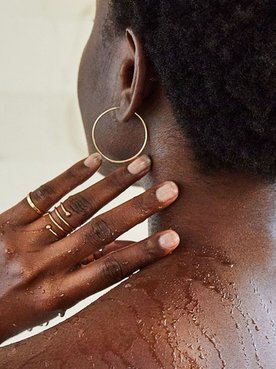While there are plenty of over-the-counter treatments for acne on the market, you may be wondering if there’s a natural solution for treating acne. And there just might be. Using essential oils on acne-prone skin is not a new idea, but there’s an ongoing debate about which oils actually work. One in particular that has quite a bit of buzz is tea tree oil. Curious if there’s any truth to tea tree oil helping the look of acne-prone skin? Read on to learn more about whether tea tree oil is worth adding to your acne skin care routine.
WHAT IS TEA TREE OIL?
First thing’s first—let’s go over what exactly tea tree oil is. The Mayo Clinic states that tea tree oil is an essential oil that comes from steaming the leaves of the Australian tea tree. Also known as melaleuca oil, tea tree oil is believed to be antibacterial when applied topically, per the Mayo Clinic, and may be used as an oil or in many over-the-counter skin products, such as soaps and lotions.
DOES TEA TREE OIL FOR ACNE WORK?
Now that you know a little background information, let’s talk about the benefits of tea tree oil for reducing the appearance of acne. According to the American Academy of Dermatology (AAD), topical tea tree oil possesses some antibacterial properties that could kill bacteria associated with acne. In addition to its antibacterial properties, a study from the International Journal of Antimicrobial Agents (IJAA) states that the efficacy of tea tree oil for acne may be attributed to antimicrobial and anti-inflammatory properties. Despite the promising studies, there are a few factors to keep in mind if you decide to incorporate this ingredient into your skin care routine.
Factor #1: It only works for moderate acne. Tea tree oil products were found to reduce lesion numbers in patients with mild-to-moderate acne, per the IJAA study. That being said, if you have moderate to severe acne, tea tree oil may not be effective for addressing the look of your acne.
Factor #2: You’ll want time on your side. While research suggests that a treatment gel containing tea tree oil might be effective at relieving acne, per the Mayo Clinic, it likely won’t provide results as quickly as other acne treatment options. The AAD states that tea tree oil takes longer to work on acne than benzoyl peroxide, a popular acne treatment, and that some individuals can become allergic to the ingredient. However, while it may work at a slower rate, it is notable that gels containing at least five percent tea tree oil may be as effective as lotions containing five percent benzoyl peroxide, according to the Mayo Clinic.
IS TEA TREE OIL FOR ACNE SAFE?
As with any new skin care ingredient, you may be curious about the safety of using tea tree oil to address acne. Per the Mayo Clinic, tea tree oil is generally safe to use when applied topically. That being said, there are still potential side effects that can occur. The Mayo Clinic notes that skin irritation, itching, stinging, burning, scaling, redness, and dryness are a few common side effects the use of tea tree oil can cause. The Mayo Clinic also advises against using tea tree oil if you have eczema.
3 OTHER USES OF TEA TREE OIL
Aside from acne, it has been suggested that tea tree oil can be used to treat other skin conditions. Take note of three other common uses for tea tree oil, per the Mayo Clinic.
Tea Tree Oil Use #1: Dandruff. Using a shampoo formulated with tea tree oil for four weeks has been shown to be an effective treatment for dandruff.
Tea Tree Oil Use #2: Lice. Feel an itch? Yikes! Tree oil has been shown to be effective at treating lice eggs when used in combination with lavender oil.
Tea Tree Oil Use #3: Athlete’s foot. When applied twice daily for one month, research has found tea tree oil cream to be effective in relieving symptoms of athlete's foot.
Editor's note: Before using tea tree oil as an alternative to other treatments, consult with your doctor.





